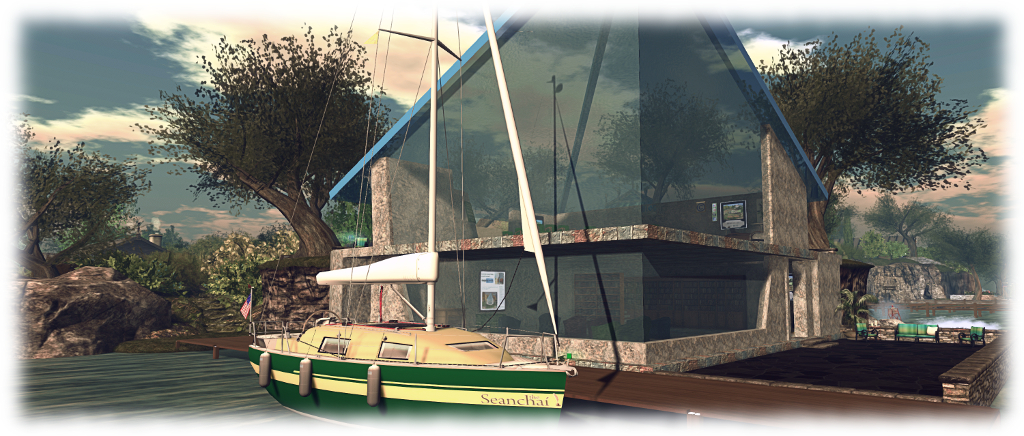
Now open in the White Hall of Itakos Gallery, curated by Akim Alonzo, is Phenomenal Women, a joint exhibition by Cecilia Nansen and Maloe Vansant. The focus of the exhibition is to “interpret a poem about women” using Maya Angelou’s Phenomenal Woman.
Born Marguerite Annie Johnson in 1928, Maya (a nickname bestowed on her in childhood by her older brother, Bailey Jr., being derived from “Mya sister”) Angelou is best known for her series of seven autobiographies, which focus on her childhood and early adult experiences – which were far from easy. Born into a stormy relationship between her parents which ended when she was three, Maya and her brother were dispatched by her father to live with her paternal grandparents for four years before he abruptly sent the children back to their mother. Whilst there, Maya was raped by her mother’s boyfriend; he served just one day in prison for the assault, but after being released, was brutally murdered. This left Maya mute for five years, believing that by speaking out against him, she had caused his death, possibly at the hands of family members.

From these harsh beginnings, Maya Angelou grew through multiple careers, including cast member of the opera Porgy and Bess, coordinator for the Southern Christian Leadership Conference, and journalist in Egypt and Ghana during the decolonisation of Africa, to become a celebrated actress, writer, director and leading member of the American civil rights movement, working with Martin Luther King Jr. and Malcolm X.
As a poet and writer, Maya often wrote on the themes of love, painful loss, music, discrimination and racism, and struggle. With Phenomenal Woman, written in 1978 when she was 50, she offers a piece describing the allure she has as a woman of middle-age, and what makes her irresistible to the opposite sex despite the fact that she does not fit into society’s definition of what makes a woman beautiful. It’s a subtle, engaging poem taking an unconventional subject and presenting it in an unconventional rhyming scheme and structure that both add to the poem’s allure just as there is much that is unconventional about her captivating appeal as a woman.
Pretty women wonder where my secret lies.I’m not cute or built to suit a fashion model’s size.
– Phenomenal Women opening

With their images in Phenomenal Women, Cecilia and Maloe offer a selection of views of women that are fascinating on a number of levels. Firstly, they have very different styles. Maloe’s work tends to embrace darker colours and tones and a tendency away from an overt use of artificial lighting; Cecilia, meanwhile, tends towards brighter colours and tones and a broader use of highlights.
At the same time, both compliment one another through their use of camera angle, framing and cropping. In this, both artists demonstrate enormous skill in framing a story or message through a single frame. Whilst visible in all of the pieces presented in this exhibition, this “complimentary contrast” is perhaps most clearly visible in the pieces Phenomenal Two – 2 (Maloe) and Phenominal-in-leather (Cecilia), located on the upper mezzanine floor of the gallery hall.
As studies of femininity and feminine appeal, the 19 images are rich in the motifs that tend to make women attractive in the eyes of men and other women: body shape, application of make-up, cast of expression, curve of breast, use of clothing. Again, this makes for a powerful series, some of which almost ooze sensuality, whilst other use more directed aspect of nudity to convey the message.

How well one might feel they offer an interpretation of Phenomenal Woman is perhaps more open to question. While it might be more a commentary on the limiting means of how the female form is oft represented in SL more than any “failing” on the part of the artists, these are images that do present bodies and faces that sit almost in opposition to the opening lines of the poem, whilst it might be argued that the inclusion of a fair amount of semi-nudity in several of the pieces is in opposition to the more mysterious elements of appeal voiced by the poem, which stay away from the more obvious elements of female sensuality:
It’s the fire in my eyes,
And the flash of my teeth,
The swing in my waist,
And the joy in my feet.
– Phenomenal Woman
(that said, nudity is not necessarily misplaced in the broader content of Maya Angelou’s life: one of her careers in her younger says was that of a sex worker.)

Thus, Phenomenal Woman is a complex exhibit, one almost of two individual parts: images and poem; yet both are connected through the complex intertwining of ideas, message and viewpoint.
SLurl Details
- The Itakos Project (WhiteGallery – ATL, rated Moderate)







